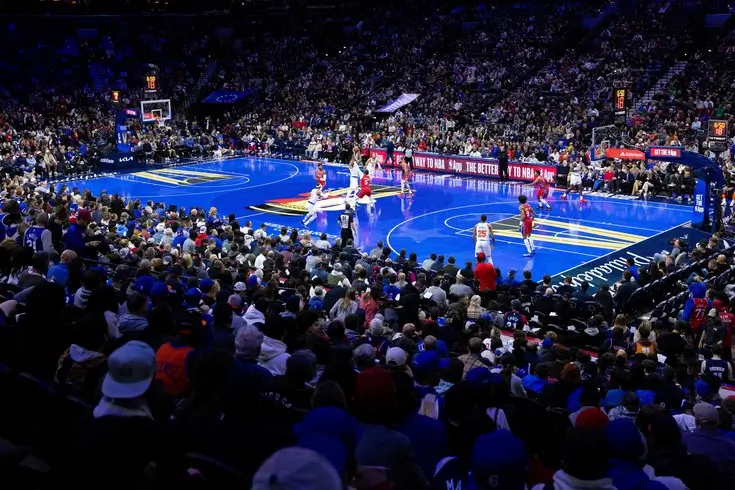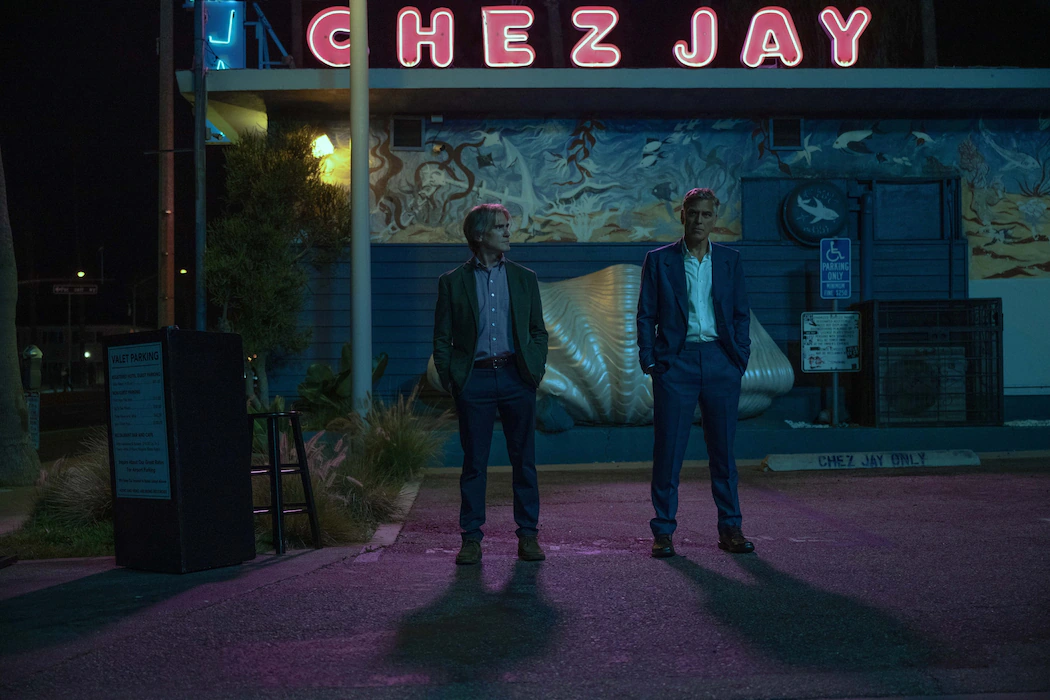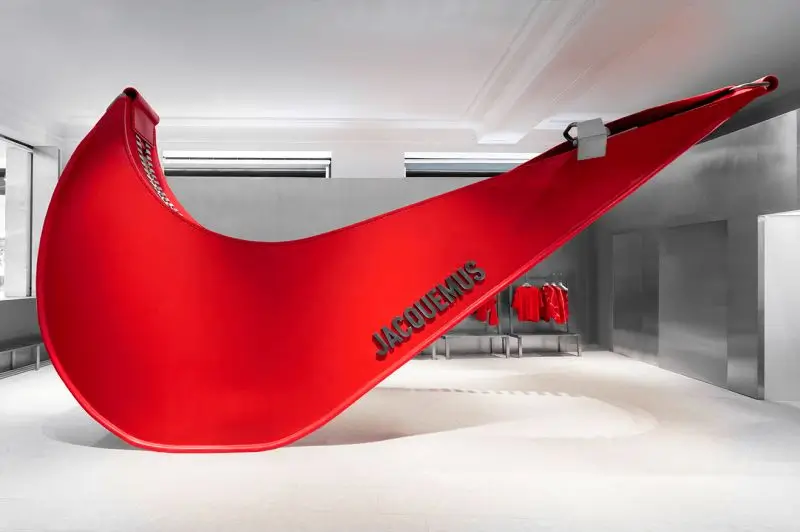In a time when consumer confidence teeters and markets churn with economic uncertainty, one of the most unshakable trends in global luxury and collectibles culture is not tech, not gold, not art—but a mischievously grinning doll that looks like it crawled out of a forest myth. Meet Labubu, the wide-eyed, snaggle-toothed creation of Hong Kong artist Kasing Lung. A hybrid of childhood innocence and folkloric mischief, Labubu is the most sought-after collectible among Gen Z, fashion icons, and speculative investors alike.
These pint-sized plushies and vinyl figures have become the strangest new avatar of contemporary taste—a marriage of kawaii horror, high-fashion portability, and algorithmic scarcity. At Paris Fashion Week this spring, they dangled from Hermès totes. On social media, they eclipsed the handbags they adorned. In resale markets, they now trade for hundreds, sometimes thousands, of dollars. A creepy doll may just be the most rational buy in today’s irrational market.
The Labubu Origin Story: From Forest Fiend to Fashion Icon
Created in 2015 by Kasing Lung, Labubu was born not as a collectible, but as a character in a mythic ecosystem Lung calls the Monster Tribe—a group of fantastical woodland creatures inspired by Nordic fairytales, childlike psychology, and cryptic allegory. In 2019, Lung partnered with Chinese collectibles behemoth Pop Mart, and that was the moment Labubu metamorphosed from cult figure into cultural phenomenon.
Pop Mart’s model, much like Supreme or Bearbrick, depends on limited releases, blind boxes, and carefully engineered scarcity. When a customer buys a Labubu box, they don’t know which version they’re getting—a business model that gamifies acquisition, rewards obsession, and weaponizes the collector’s fear of missing out.
Labubu isn’t cute in the way Hello Kitty or Rilakkuma are cute. It’s disquieting. Its grin stretches too wide, its posture is slightly off-kilter, its gaze uncanny. And that’s the point. Labubu is not innocence—it’s edge. It speaks to a generation that has grown up amidst anxiety, irony, and late-capitalist absurdity. This is not your childhood teddy bear. This is your fashion-forward emotional totem.
From Lisa to LVMH: Celebrity, Couture, and the Labubu Effect
Labubu’s true break into global consciousness occurred in late 2023, when BLACKPINK’s Lisa was photographed holding a Labubu in a viral street-style moment. Within weeks, Rihanna, Dua Lipa, and Rosalía followed suit, parading the dolls on private jets, in Instagram stories, and at front rows of fashion week. What began as a niche collectible became fashion’s strangest new accessory.
At the Autumn/Winter 2025 shows in Paris, Labubu was not just visible—it was embedded. Models walked with them clipped to Balenciaga belt bags. A miniature Labubu appeared nestled inside a Maison Margiela clear handbag. In the VIP lounges, influencers flaunted rare “pirate edition” Labubus like heirloom watches.
The doll’s silhouette, somewhere between troll, raccoon, and stuffed bat, became iconic on its own. Designers even began customizing garments for Labubu. In Seoul, a boutique now sells bespoke Labubu outfits, including knitwear and puffers modeled after JW Anderson and Prada collections. On TikTok, the “Labubu Styling Challenge” has racked up millions of views. People are no longer just collecting Labubus—they’re dressing them.
The Power of the Blind Box: Scarcity as a Lifestyle
What drives Labubu’s mania, more than aesthetics or even celebrity, is the infrastructure of mystery. Blind box sales are the cornerstone of Pop Mart’s strategy—a model imported from Japanese gashapon toys but scaled with ruthless elegance. Customers never know which design they’re getting until they open the box. Some editions are “secret rares” with odds as low as 1 in 144.
This encourages bulk purchasing, endless unboxings, and frenzied trading. On Discord servers, Reddit threads, and WeChat groups, users swap theories about distribution patterns and develop elaborate spreadsheets to predict secret figures. In a world dominated by algorithmic prediction, the blind box restores a strange kind of chaos—an engineered surprise that mirrors the volatility of real life, but within safe consumer confines.
And it works. Despite a recent price increase from $22 to $28 due to U.S. tariffs, the newest Labubu series sold out online in minutes last month. Scarcity is no longer a byproduct of production—it’s the product itself.
A Billion-Dollar Monster: Pop Mart and the Economics of Cute
Pop Mart, the company behind Labubu’s exponential rise, reported $1.8 billion in revenue last year—more than double its income from 2023. Approximately $400 million of that came directly from Labubu and the broader Monster Tribe figures. That’s more than what some luxury fashion brands pull from entire collections.
The appeal of Pop Mart lies in its capacity to industrialize “emotionally charged minimalism.” Unlike mass-market toy brands that flood shelves with saturated characters, Pop Mart offers curated drops, seasonal storylines, and collaborations that flirt with fine art. Kasing Lung is positioned less like a toy maker and more like a contemporary artist with rotating gallery shows—except his galleries are vending machines and virtual stores.
What’s more, Labubu has spawned a secondary ecosystem. Platforms like StockX and Grailed now feature Labubu listings. On eBay, limited editions fetch four-figure bids. A niche of designers now makes custom accessories for Labubu, from micro handbags to leather harnesses. Etsy has hundreds of listings devoted solely to Labubu wearables. It’s the ultimate recursive loop: a fashion item spawning a fashion for itself.
Creepy as Capital: Why Labubu Works in 2025
Why do these eerie little monsters resonate so strongly, especially now?
Part of the appeal is psychological. In uncertain times, collectibles offer emotional anchoring. They are finite, tactile, and tradeable—everything that digital life isn’t. Labubu, with its unsettling face and fable-like backstory, offers a bridge between childhood sentiment and adult surrealism. It is simultaneously nostalgic and new.
Labubu is also aesthetically adaptable. It fits into the curated kitsch of goblincore, the maximalist indulgence of cluttercore, and the restrained discipline of Asian minimalism. It can be both playful and sinister. It appeals to both avant-garde creatives and dopamine-scrolling consumers. It exists comfortably in contradiction.
Finally, there’s the cultural shift. In an age where celebrity endorsement is algorithmically amplified, all it takes is a single moment—Lisa in the airport, Dua Lipa at a hotel elevator—for a product to transform from subculture to status symbol. Labubu didn’t need a Super Bowl ad. It needed a candid and a camera.
From Forest to Fortune: The Future of Labubu
The momentum is not slowing. Pop Mart plans to open additional flagship stores in Los Angeles, Seoul, and Berlin this year. Collaborations with brands like Vivienne Westwood, COMME des GARÇONS, and Acne Studios are rumored. A full-length Labubu animated series is said to be in production, blending Lung’s original fables with modern allegory. And Pop Mart recently filed patents for Labubu NFTs, signaling an intent to expand the brand into digital collectibles and metaverse environments.
But perhaps the most radical power of Labubu is how it reshapes the logic of luxury. In an era when price alone is no longer enough to signify value, Labubu offers rarity by design, personality by proxy, and emotional economy in its purest form. It is not the doll that’s worth $300. It’s the feeling—the story, the community, the absurdity—wrapped inside that price.
In other words, Labubu is not about collecting. It’s about curating your own soft surrealism in a world too loud, too digital, too fast. And in that small, strange smile, millions have found something familiar.
No comments yet.








